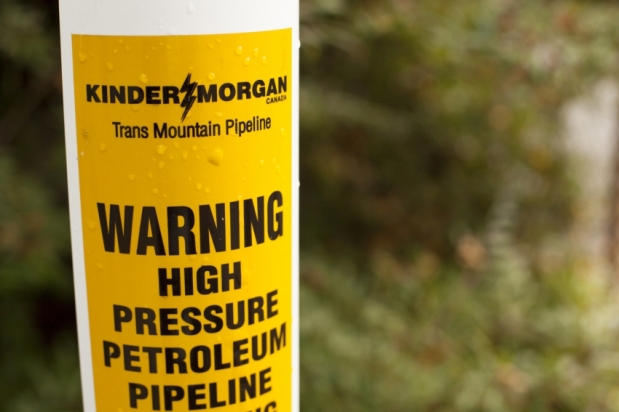Originally posted at Skeptical Science on 11 June 2013, written by Andy Skuce and rustneversleeps
A recent opinion piece in the British newspaper Mail on Sunday by University of Oxford climatescientist Myles Allen argues that the best way to combat climate change is to pass laws requiring fossil fuel producers to capture and sequester a rising proportion of the carbon dioxide emissions that the fuels produce. We argue here that such a policy, with its emphasis on carbonsequestration, would not be successful in achieving the carbon emission reductions that Allen himself advocates—for a variety of political, economic, technological and logistical reasons. A more recent article by Allen in The Guardian covers the same ground.
Nevertheless, Allen’s prescription does succeed in focussing the mind on the scale of the problem that we face in mitigating climate change.
Summary/Index
This is a very long post, so here is a clickable summary.
A good starting framework, then… Allen’s diagnosis is clear and his framing of targets in terms of cumulative emissions is unabiguous. But his prescription is flawed.
Politics There is no reason to assume a fixed emissions cap schedule would be easier to sell to the public than a carbon tax. Caps would produce greater certainty of longer-term emission reductions at the cost of uncertain economic consequences.
Economics (i): Efficiency Imposing emissions caps without allowing trading through brokers would be very inefficient. It is not clear whether Allen supports or opposes trading.
Economics (ii) Innovation by fiat? Prescribing one form of technology as the principle solution is risky. Nobody can predict how technology will evolve and what problems may emerge in future.
Economics (iii): The information conveyed by prices The cost of one technology should not be used as a basis for carbon pricing. There is a wide range of mitigation options, with highly variable prices, all with variable and uncertain potential to contribute to solutions. Experience in British Columbia shows that even a modest carbon tax can reduce emissions significantly without harming the economy.
Scaling it up to climate relevance Even promoters of aggressive deployment of carbon capture and storage (CCS) do not envision it as more than a partial contribution to mitigating climate change by 2050.
Timing and feasibility The mass of the CO2 to be sequestered is about double the mass of the fossil fuels themselves. To develop a new industry, from scratch, to capture, transport and dispose of these quantities will involve vast amounts of capital and many decades, even if it were technically possible.
Hazards The magnitude of the CO2 to be sequestered in the subsurface is such that environmental risks from leakage, aquifer contamination and induced earthquakes are likely to be much larger than those from the already contentious shale gas industry. Getting public licence for CCS projects in inhabited areas is likely to be very difficult and time consuming.
Summing up The climate crisis is so vast that we need to throw everything we have at it. Claiming that any single technology will solve the problem can lead to complacency that the fix is simple. It isn’t.
Continue reading →









